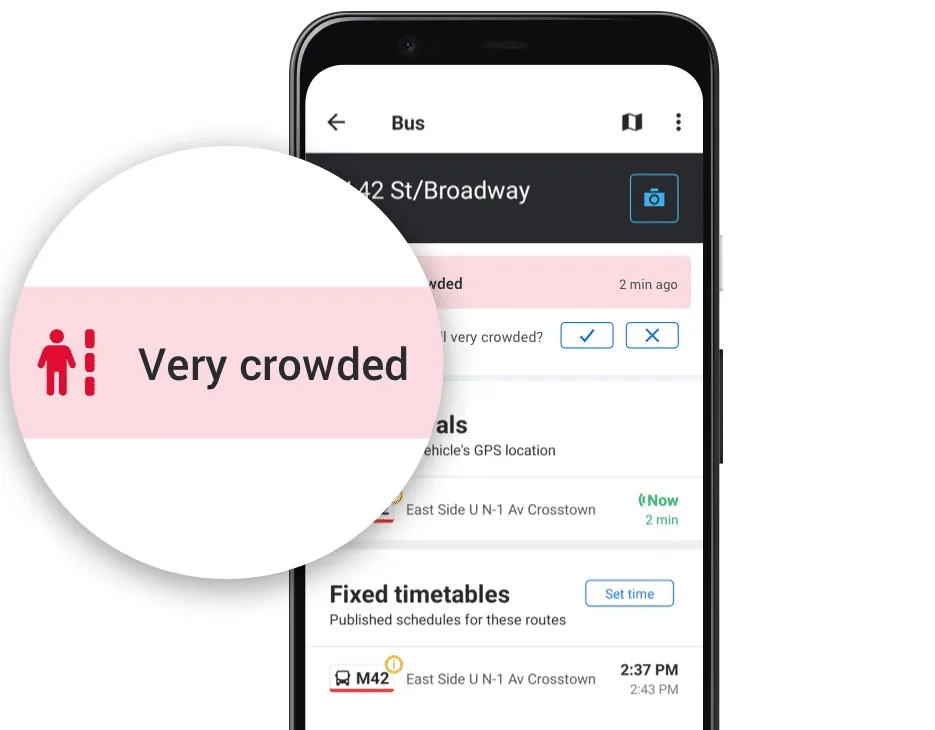According to Inrix, its latest Inrix XD Traffic service covers 6.4 million kilometres of road in 37 countries and provides twice the amount of road coverage than has previously been available to automakers, transportation agencies, fleets and media worldwide.
Inrix XD Traffic delivers insight into what’s happening on the road independent of the country or map provider, with features such as: detailed traffic speeds for every mile down to 250 metre increments; map independence; sophisticated analysis of
October 28, 2013
Read time: 2 mins
According to 163 Inrix, its latest Inrix XD Traffic service covers 6.4 million kilometres of road in 37 countries and provides twice the amount of road coverage than has previously been available to automakers, transportation agencies, fleets and media worldwide.
Inrix XD Traffic delivers insight into what’s happening on the road independent of the country or map Provider, with features such as: detailed traffic speeds for every mile down to 250 metre increments; map independence; sophisticated analysis of anomalies in traffic flows enables Inrix XD Traffic auto to detect road closures and other incidents faster than today’s crowd-sourced methods; real-time traffic information for every major road type and class from highways, ramps and interchanges to arterials, city streets and other secondary roads.
“Future mobility depends on all drivers, transportation agencies, and news organisations having access to detailed, up to the minute insight into what’s happening on every road, everywhere,” said Bryan Mistele, Inrix president and CEO. “Just as Inrix revolutionised mapping and navigation with crowd-sourced traffic information and traffic influenced routing, we’re doing it again with Inrix XD Traffic.”
“In a world measured in miles, Inrix is measuring in minutes,” said Roger Lanctot, senior analyst, Strategy Analytics. “Traffic is the single most important Telematics application and Inrix XD Traffic is the First service with the potential to help the industry deliver on the promise of real-time navigation. Without reliable and accurate traffic data, it is impossible to determine the best routes, accurate arrival times, or even vehicle range based on fuel resources.”
Inrix XD Traffic delivers insight into what’s happening on the road independent of the country or map Provider, with features such as: detailed traffic speeds for every mile down to 250 metre increments; map independence; sophisticated analysis of anomalies in traffic flows enables Inrix XD Traffic auto to detect road closures and other incidents faster than today’s crowd-sourced methods; real-time traffic information for every major road type and class from highways, ramps and interchanges to arterials, city streets and other secondary roads.
“Future mobility depends on all drivers, transportation agencies, and news organisations having access to detailed, up to the minute insight into what’s happening on every road, everywhere,” said Bryan Mistele, Inrix president and CEO. “Just as Inrix revolutionised mapping and navigation with crowd-sourced traffic information and traffic influenced routing, we’re doing it again with Inrix XD Traffic.”
“In a world measured in miles, Inrix is measuring in minutes,” said Roger Lanctot, senior analyst, Strategy Analytics. “Traffic is the single most important Telematics application and Inrix XD Traffic is the First service with the potential to help the industry deliver on the promise of real-time navigation. Without reliable and accurate traffic data, it is impossible to determine the best routes, accurate arrival times, or even vehicle range based on fuel resources.”









